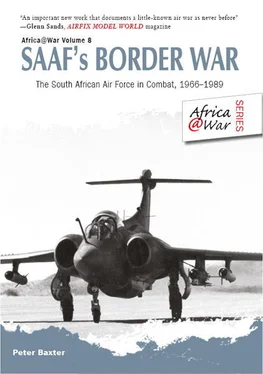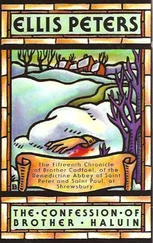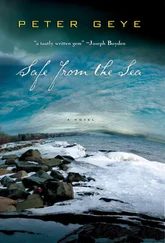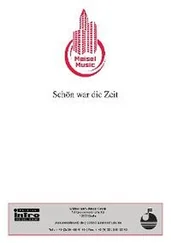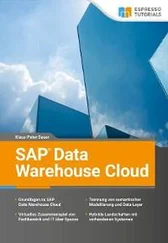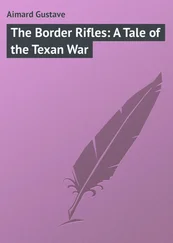Peter Baxter - SAAF's Border War
Здесь есть возможность читать онлайн «Peter Baxter - SAAF's Border War» весь текст электронной книги совершенно бесплатно (целиком полную версию без сокращений). В некоторых случаях можно слушать аудио, скачать через торрент в формате fb2 и присутствует краткое содержание. Город: Solihull, Год выпуска: 2013, ISBN: 2013, Издательство: Helion & Company, Жанр: military_history, на английском языке. Описание произведения, (предисловие) а так же отзывы посетителей доступны на портале библиотеки ЛибКат.
- Название:SAAF's Border War
- Автор:
- Издательство:Helion & Company
- Жанр:
- Год:2013
- Город:Solihull
- ISBN:978-1-908916-23-5
- Рейтинг книги:3 / 5. Голосов: 1
-
Избранное:Добавить в избранное
- Отзывы:
-
Ваша оценка:
- 60
- 1
- 2
- 3
- 4
- 5
SAAF's Border War: краткое содержание, описание и аннотация
Предлагаем к чтению аннотацию, описание, краткое содержание или предисловие (зависит от того, что написал сам автор книги «SAAF's Border War»). Если вы не нашли необходимую информацию о книге — напишите в комментариях, мы постараемся отыскать её.
SAAF's Border War — читать онлайн бесплатно полную книгу (весь текст) целиком
Ниже представлен текст книги, разбитый по страницам. Система сохранения места последней прочитанной страницы, позволяет с удобством читать онлайн бесплатно книгу «SAAF's Border War», без необходимости каждый раз заново искать на чём Вы остановились. Поставьте закладку, и сможете в любой момент перейти на страницу, на которой закончили чтение.
Интервал:
Закладка:
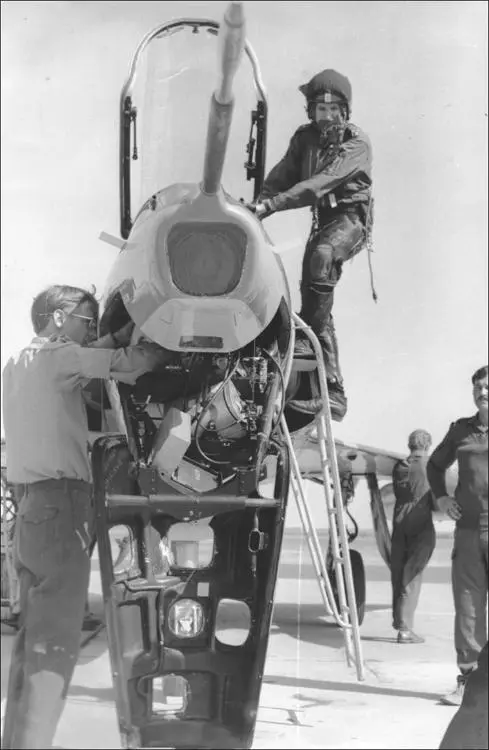
Thus, as South Africa began to consider replacements for the Mirage III, the F1 seemed an obvious choice. The F1 offered many improvements on the Mirage III in terms of speed, increased pursuit time and high mach, which was tripled, and twice the ground-mission range. Take-off length was some 30 per cent less than the III with a 25 per cent reduction in approach speed and a general increase in manoeuvrability. After many months of discussion and ongoing negotiation, it was announced in June 1971 that a technical cooperation agreement had been reached between Dassault and French aircraft-engine manufacturer Snecma on the one hand, and the South African Atlas Mirage programme on the other, for the licensed manufacture of the Mirage F1 and engine in South Africa, the intention being to locally produce up to 100 Mirage F1s.
However, international events, and the growing entrenchment of South African race policy in combination stole the moment. In 1964 hostile international diplomatic action against South Africa in condemnation of the deepening policy of apartheid resulted in United Nations Security Council Resolution 191, part of which urged member nations to respect a voluntary arms embargo against South Africa. This was largely ignored and so was consequently bolstered in July 1970 by Resolution 283 which, although falling short of a mandatory arms embargo, again urged member nations to take all and any action possible to give effect to the resolution’s measures.
The F1 purchase thereafter went ahead in some haste in an effort to beat the inevitable mandatory arms embargo that would eventually be contained in the measures of UN Security Council Resolution 418, adopted unanimously on 4 November 1977, and which effectively quarantined South Africa from regular external sources of arms and military equipment. The French, however, as had been the case with Rhodesia in 1965, showed themselves ever ready to thumb their noses at the rather high-minded British view of events in her erstwhile colonies and did what was possible under international scrutiny to fulfil what obligations were outstanding with South Africa.
South Africa ultimately acquired 16 Mirage F1-CZs and 32 Mirage F1-AZs. An interesting corollary of the undue haste of the programme was the question of pilots being available to man the Mirage III fleet, answered in 1972 by Operation Sand , the introduction of Rhodesian Air Force (RhAF) instructors, technicians and student pilots to various South African air bases for flight training. Rhodesian combat pilots, more at home in the venerable Hawker Hunters of the time, were also inducted temporality into 2 Squadron at AFB Waterkloof in order to man the fleet of Mirage IIIs. Part of Operation Sand was also a general strategic discussion on the idea of a NATO-style Southern African Treaty Organization that unfortunately evaporated with the collapse of Mozambique and Angola, removing two out of four potential partners.
Delivery of the F1s began under a blanket of secrecy in early April 1975 with the arrival by SAAF C-130 Hercules of two Mirage F1-CZs. Deliveries continued thus until October 1976, with the programme remaining top secret until the aircraft was revealed during a flypast at the Ysterplaat Air Show in 1975. It was not until April 1977 that the press were invited to the Kempton Park production line, although the entire programme remained officially classified until 1980.
So much for the front-line offensive capacity of the SAAF during the Border War. Warfare, however, be it on the ground or in the air, runs on the behind-the-scenes heavy lifting of logistics, supply and transport. The forward airbases located in South West Africa provided operational facilities for key operations and regular air force activity as it related to the ongoing war effort. Within South Africa itself there were 12 SAAF facilities scattered around the country: AFB Louis Trichardt, AFB Pietersburg, AFB Hoedspruit, AFB Swartkop, AFB Waterkloof, AFB Bloemspruit, AFB Durban, AFB Langebaan, AFB Ysterplaat, AFB Port Elizabeth and TFDC Bredasdorp. These provided homes to the various squadrons of the SAAF that periodically and, to a greater or lesser extent, were deployed on operations in the border region of South West Africa and in Angola. Four principal SAAF bases were used in South West Africa: AFB Ondangwa, AFB Rundu, AFB Mpacha and AFB Grootfontein, which was the largest and most comprehensively equipped.
A great deal of transit flying was undertaken between the home and forward bases, with helicopters and other aircraft being transported rather than flown, along with ground and maintenance equipment and associated personnel. Besides this, massive amounts of general equipment and supplies were shuttled back and forth between South Africa and South West Africa, while later in the war, as South African units penetrated ever deeper into Angola, the lifeblood of the SADF mechanized battalions was supplied largely by air. In addition, much of the support offered to UNITA, South Africa’s proxy in the parallel Angolan civil war, was in the form of troop transportation and the movement of heavy armaments and equipment. All this work was done by the pilots of 28 Squadron and their fleet of C-130 Hercules and C-160 Transalls based at AFB Waterkloof.
The acquisition of these aircraft began with an initial purchase of seven Lockheed Hercules C-130B medium transport aircraft from the United States in 1963, which were flown to South Africa by members of 28 Squadron. As the decade ended, however, the transport commitments of the SAAF began to increase commensurate with the growing insecurity on the South West African border with Angola. The transport capacity of 28 Squadron was then augmented further with the acquisition in August 1969 of a small fleet of nine C-160Z Transall aircraft. Both of these aircraft would remain in service, with none being lost, throughout the duration of the Border War and South Africa’s involvement in the Angolan civil war. A dedicated study is certainly deserved to chronicle the operational work undertaken by 28 Squadron, arguably the most unsung practitioners of the great art of flying throughout the 23-year conflict.
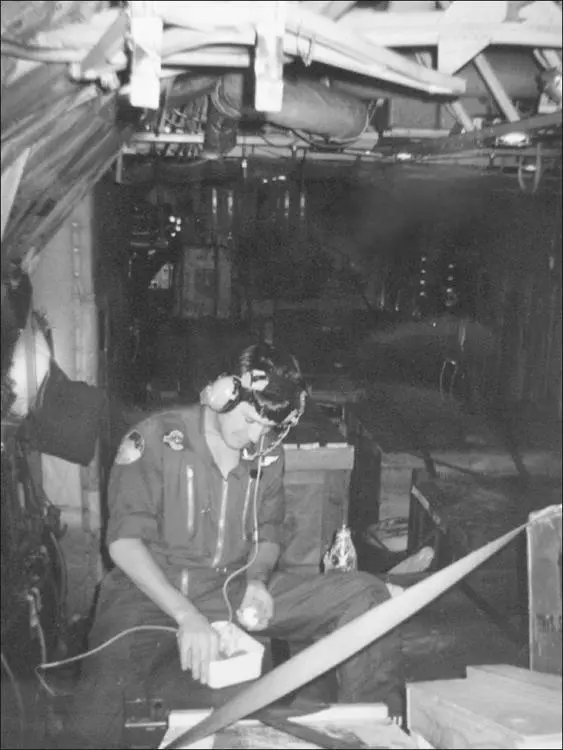
However, no less important was the introduction into service of four helicopter marques, without which an effective counterinsurgency war of the type ongoing in South West Africa could not have been attempted. The SAAF flew the French Aérospatiale Alouette III and Puma helicopters, to a lesser extent the Aérospatiale Super Frelon and periodically the British Westland Wasp, the former two of which, in particular, would form the backbone of counter-insurgency operations on the ground.
The Alouette III proved itself a highly versatile, robust and adaptable helicopter, also serving the Rhodesians and the Portuguese, the latter using it both in Mozambique and Angola. It first entered service with the French armed forces in 1960, appearing shortly afterward in South Africa with a total of 118 machines being purchased from 1962 until the late 1970s. The early use of the aircraft tended to be in training helicopter pilots and flight engineers, with secondary peacetime uses such as general search and rescue complementing a multiplicity of other day-today functions. It was as a fighting platform, however, that the Alouette III really proved its worth. In Rhodesia both Rhodesian and South African Alouettes (the draadkar , or ‘wire car’, as it was euphemistically known) were used in Fire Force deployments on a daily basis, absorbing almost unlimited punishment, some aircraft amounting to nothing more than a conglomeration of salvaged and spare parts. [5] A draadkar , or wire car, is a homemade car toy played with traditionally by black children in southern Africa, and is an ingenious construction of wire and other oddments with an extended steering wheel allowing it to be driven along at a walking or running pace by its driver.
It was described by some troops as being the ‘Land Rover of the Sky’, infinitely repairable and as unyielding to personal comfort as human engineering could possibly achieve.
Интервал:
Закладка:
Похожие книги на «SAAF's Border War»
Представляем Вашему вниманию похожие книги на «SAAF's Border War» списком для выбора. Мы отобрали схожую по названию и смыслу литературу в надежде предоставить читателям больше вариантов отыскать новые, интересные, ещё непрочитанные произведения.
Обсуждение, отзывы о книге «SAAF's Border War» и просто собственные мнения читателей. Оставьте ваши комментарии, напишите, что Вы думаете о произведении, его смысле или главных героях. Укажите что конкретно понравилось, а что нет, и почему Вы так считаете.
